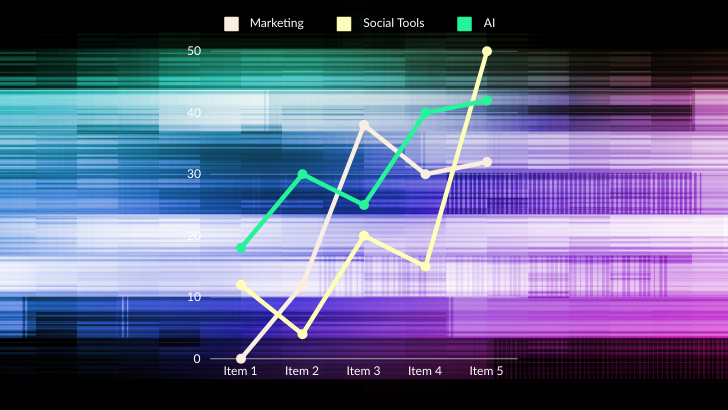The phone is the first line of communication
For most healthcare consumers, a phone call is the first method of communication with a hospital or clinic. This call must be handled efficiently and smoothly for patients to feel satisfied. In the midst of the pandemic, it has become strikingly clear that communication is vital in patient care, and for it to be effective, it must be simple.
When patients self-serve, more operators are available for callers who really need it
In the healthcare industry, the phone dominates other communication channels. In healthcare, 70% of people’s first point of contact is over the phone. When patients need to address complex issues, the phone offers a more personal connection, as compared with other methods such as e-mail, chat or writing a message into a healthcare portal.
Patients aren’t simply customers trying to make a change to their cell phone plan. While waiting on hold with the phone company is annoying, especially when you’re disconnected after 30 minutes, it isn’t a matter of health. Hospitals and clinics have a responsibility to provide patients with the access to care that they need, when they need it.
Parlance delivers voice-driven IVRs and IVAs as a managed service for leading health systems nationwide. We blend intelligent speech technologies, including Automatic Speech Recognition and Natural Language Understanding to transform old fashioned IVRs and automated attendants into easy-to-navigate speech-driven tools. Speech-enabled call routing saves time and frustration for callers and allows for the quick resolution of administrative problems and processes. The use of voice-first technology also helps tackle the current shortage of switchboard operators.
When transferring calls, voice-driven technology creates a smooth transition to a live agent. With Parlance, the patient hears a human’s voice through the entire experience – our solution provides dialogs recorded by live voice actors ensuring optimal caller engagement and frictionless self-service. However, there is no substitute for a real person when someone is in need of empathy and support. When routine callers willingly self-serve, those with complex service needs reach care providers faster.
Conclusion
Within the healthcare sector, the phone is still the most straightforward way to connect people to providers. IVAs are becoming increasingly popular because they offer health systems the ability to provide personalized experiences for patients and family members, improve caller engagement, and allow individuals to speak naturally and connect quickly. By facilitating smooth phone interactions through IVAs, healthcare providers can better understand the specific needs of their calling communities and streamline their own internal processes.
About Parlance
For over 25 years, organizations nationwide have depended on Parlance to modernize and improve the first 30 seconds of every caller’s journey and remove barriers to service. With Parlance, people can speak naturally and connect directly to the resources they need. No confusing menus, no numbers to press, no long hold times. Parlance relieves the burden of routine transfers and poor self-service, so business operations are optimized, and live agent effort is saved for more complex calls.
___
This post was originally published by Parlance.



